April 2020 Newsletter
Ensuring Safety in the Age of a Pandemic
Keeping your anesthesia equipment clean
Greetings! I hope everyone is staying safe and healthy considering the pandemic we are experiencing. From what I have seen this hasn’t slowed down the veterinary industry; everyone seems to be doing a fantastic job sanitizing and decreasing exposure to COVID-19. I thought this would be a great time to review some practical cleaning tips for your anesthesia machine and breathing accessories.
CLEANING CIRCUITS, BAGS, and ACCESSORIES
Currently, there are no consistent cleaning regulations for these items because most are “single use only” and as you know, this concept rarely exists in veterinary medicine. But as we are reminded to be diligent in our disinfecting, we should make every effort to decrease disease transmission between us, our coworkers and clients, as well as between our patients.
When you are dealing with circuits and bags specifically, your practice should weigh the extent of use, exposure to transmissible disease and life expectancy of the material. There is much debate regarding the maintenance of these items.
According to a study published in Veterinary Anesthesia and Analgesia, several breathing circuits were used for one day and compared to another set used for two months under routine conditions. Only a small number of organisms were detected of low pathogenic material. The tubes used for two months did not increase in bacterial growth. The proximal end of the circuit showed more percentage of growth in comparison to the distal ends. This study showed that there was no evidence to support sterilizing these circuits but did not entirely rule out long term survival of pathogens in a dry environment. However, these were described as low pathogenicity.
Based on this article, because the proximal area of the circuit allowed the most microbial growth; it seems reasonable to wash the Y piece (the adapter closest to the patient) with a mild detergent, warm water and dry.
Hang the circuits to dry after patient use as they are challenging to dry if washed. By removing these circuits and bags from the anesthesia machine, condensation is minimized, decreasing potential pathogen growth. Any blood, mucous, etc. should not be allowed to dry on outer surfaces and can be wiped off the circuits and bags. REPLACE AS NEEDED; these circuits are relatively inexpensive. Best practice may be to replace them on a quarterly or biannual cycle depending on your surgical volume.
Unilimb, or F circuits, are widely used and care should be taken when cleaning not to disconnect the inner (inspiratory) tube from within the outer tube. This can cause a severe increase in mechanical dead space and rebreathing of CO2.
Allowing breathing bags to hang dries them out, preventing significant microbial growth. Cleaning these can be done but chemical exposure can degrade the rubber and drying is challenging. With suspicion of contagious respiratory conditions discard the affected circuit and bag and replace.
Any adapters, connectors, mouth gags, masks, stylets, laryngoscope blades etc. can be cleaned with a brush and mild detergent. Alcohol should not be used on plastic pieces as it causes clouding and degradation. Monitors and entire length of probes should be wiped down at the end of procedures. If the side stream ETCO2 monitoring line is present, it should be disconnected from the monitor and hung to air out.
Chemical disinfectants can potentially be a patient irritant or degrading to materials if not properly diluted, rinsed and dried. VERIFY manufacturer’s guidelines on proper dilution, exposure time, rinsing and drying times
CLEANING the ANESTHESIA MACHINE
The anesthesia machine should be wiped down with a low-level disinfectant daily. REMOVE anesthesia breathing circuits and bags when not in use to allow them to dry out. When changing soda lime granules central vacuum or canned air can be used to remove dust and granules from the housing. Use a damp cloth to further remove dust from gaskets and O-rings. If desired, the absorber canister can be hand washed with mild detergent, RINSED WELL, and dried before replacing. One-way domes and valves can be wiped free of condensation with dry gauze or cloth to prevent sticking or warping (don’t use alcohol).
The outer surfaces of a vaporizer can be wiped down with an alcohol moistened cloth if needed. When refilling agent take time to wipe clean the fill cap and well (if accessible) which tend to collect dirt and dust. Do not allow anything besides anesthetic agent to get inside the fill well.
The outsides of scavenge tubing should be wiped free of organic material, and the inside checked for patency. If mold or debris is detected on the inside of the tubing, it should be replaced.
I hope these tips have been helpful!
REFERENCES
Veterinary Anesthetic and Monitoring Equipment, Cooley and Johnson, Wiley Blackwell 2018
Understanding Anesthesia Equipment, Dorsch and Dorsch, 5th Edition, Lippincott, Williams and Wilkins, 2008
An Investigation of the Bacterial Contamination of Small Animal Breathing Systems During Routine Use, Pelligand, Hammond and Rycroft, Veterinary Anesthesia and Analgesia, May 2007, Vol. 34, Issue 3, pages 190-199





